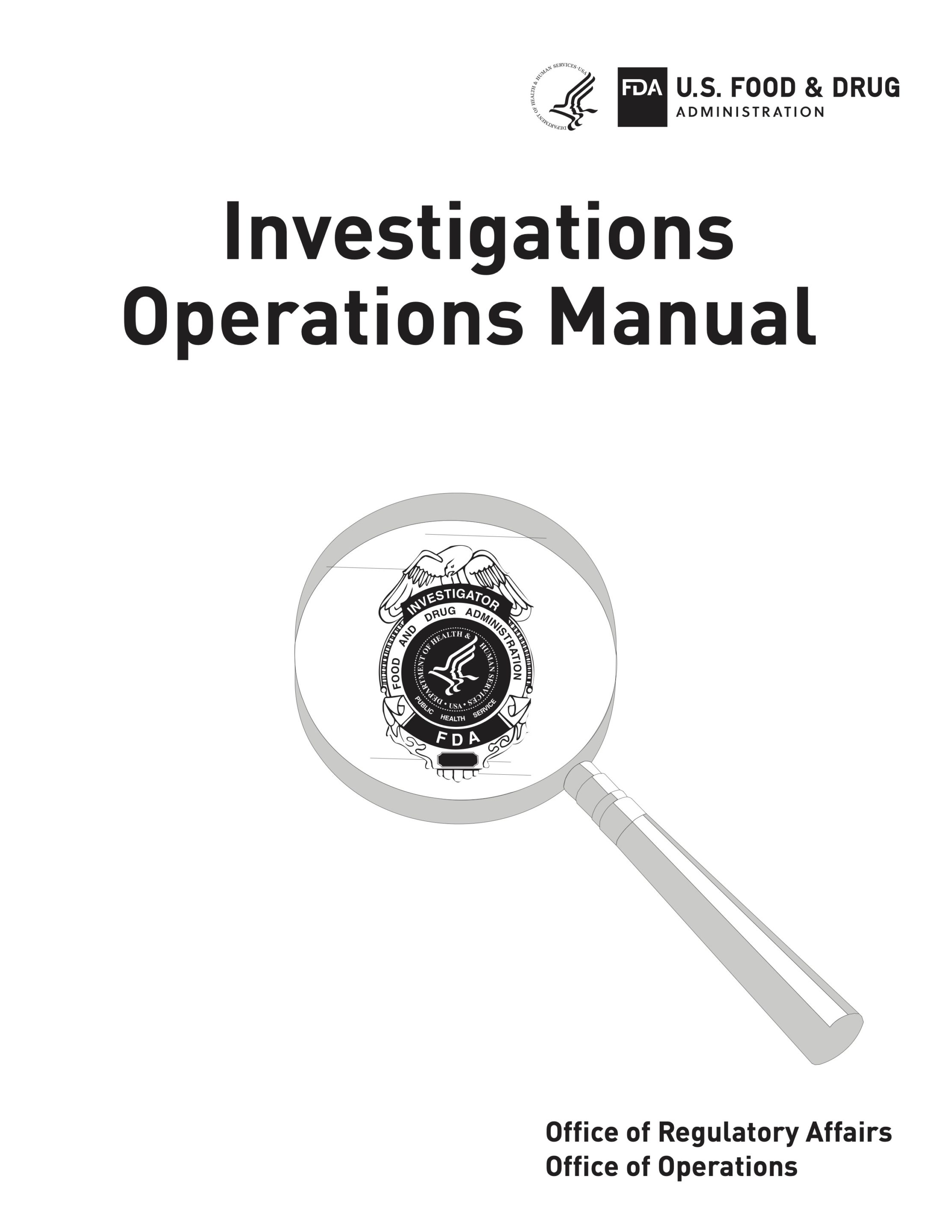FDA Classifications
How does the U.S. FDA classify medical devices?
Over the last 30 years or so, many people have asked me how the U.S. FDA classifications work or how FDA classifies medical devices when it comes to regulation. My answer has always been the same: “What is the intended use?” Typically, the FDA classifies a product according to its intended use. Take a laser device, for example. If you intend to use it for acne, it falls under Class 2 (Product Code OLP), and the premarket notification must be submitted under Section 510(k). However, if the intended use of the laser device is wound healing, it is classified as Class 3 (Product Code LXU).
Medical Device FDA Classifications
Medical Device Class 1
- GMP Exempted, General Requirement: for example, CD player, computer monitor
- 510(k) Pre-market Notification Required: for example, sterilized surgical glove
Medical Device Class 2
- 510(k) Pre-market Notification Exempt: for example, catheter guide wire
- 510(k) Pre-market Notification Required: for example, x-ray device
- Pre-Market Approval (PMA) under Section 515 of the FD&C Act Required: for example, multi-target respiratory specimen nucleic acid test
Medical Device Class 3
- 510(k) Pre-Market Notification Required: for example, external pacemaker
- Pre-Market Approval (PMA) under Section 515 of the FD&C Act Required: for example, implantable pacemaker
To determine a medical device’s FDA classification, contact the FDA Center for Devices and Radiological Health (CDRH). The purpose of this article is not to provide a definitive classification but to guide you in finding it.
You can search the FDA website for a medical device’s FDA classification. Medical Device Product Classification database.
If you already know the device name, regulation number, or product code, search using one of those fields.
NAI
VAI
OAI
How does the U.S. FDA classify its inspections?
The final classification of an FDA inspection depends on the investigative and/or compliance branches. Even if Form 483, Inspectional Observations, was not issued upon completion of an inspection, that doesn’t mean the inspection was No Action Indicated (NAI).
Traditionally, the investigation branch may forward the inspection report, with exhibits collected during the inspection, to the compliance branch for consideration of further regulatory action. Then, if necessary, the compliance officer will draft a regulatory action, for example, issuance of a warning letter, and classify the inspection as “official action indicated” (AOI). Other inspection classifications are as follows.
FDA Inspection Classifications
• NAI – No Action Indicated
• VAI – Voluntary Action Indicated
• OAI – Official Action Indicated (Warning letter, seizure, injunction, civil money penalties, prosecution, etc)


